Developers talk about the development secret of the classic masterpiece of 2D action game `` Prince of Persia ''

'
How Prince of Persia Defeated Apple II's Memory Limitations | War Stories | Ars Technica-YouTube
Prince of Persia is an action game in which the hero rescue the princess through a trap of guillotine and spikes in an Arabian night-like world. It features a unique operational feeling typified by delays that occur when starting and stopping 'running' motions, and a system that will result in a bad end if the final level is not cleared within the time limit.
Such Prince of Persia has also been released on Xbox 360, PlayStation 3, iOS, etc., but the original was Apple II version. The Apple II game screen looks like this.
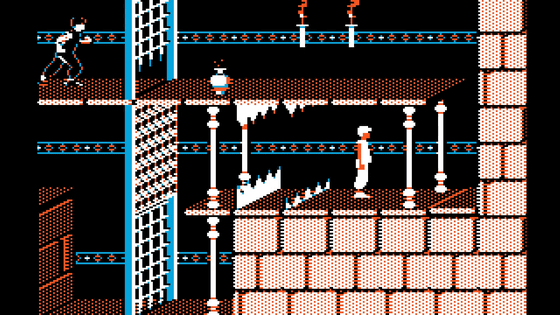
Looking at the movie, you can clearly see that the unique motion of the character was completed at the time of the Apple II version.
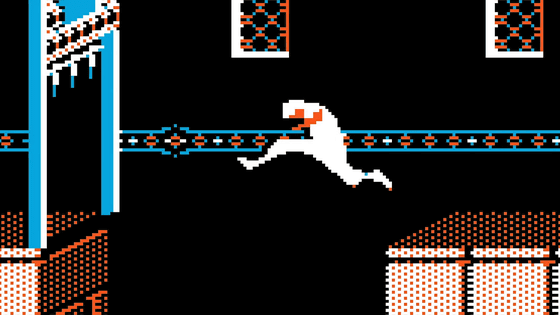
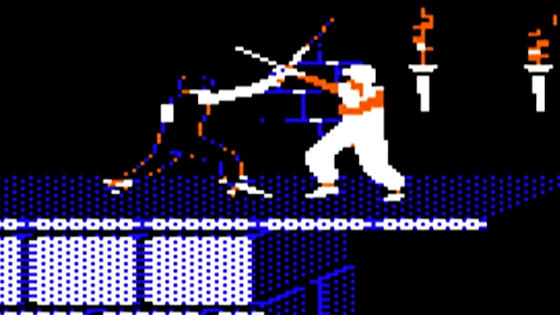
Here is Jordan Meckner, who produced the Prince of Persia.

Regarding the background of the production of Prince of Persia, Meckner, who was familiar with comics and movies such as DC Comics, said that he was impressed by the appearance of the device called Apple II, 'I can play games at home.'

Meckner isn't just playing games on the Apple II, but is increasingly passionate about developing Apple II games. At that time, magazines for learning programming were published, which also helped.
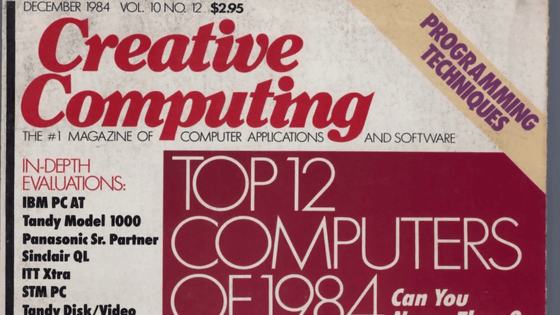
Underneath the Prince of Persia is an action game called
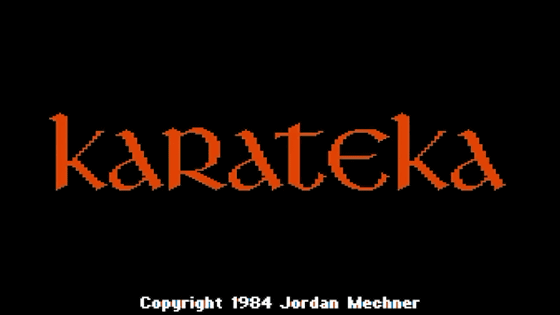
The story of Karateka is very simple. The hero rescues the princess who was kidnapped by enemy General Akuma by karate.
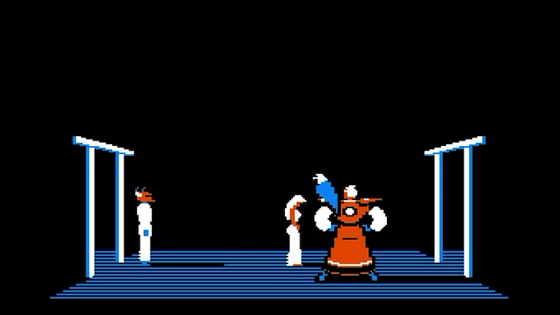
Battles with enemies take place one-on-one. One of the features of Karateka was the 'Empowerment-oriented' game system, in which 'If you do not bow to the enemy, the enemy AI will be set to an extremely high difficulty level.'
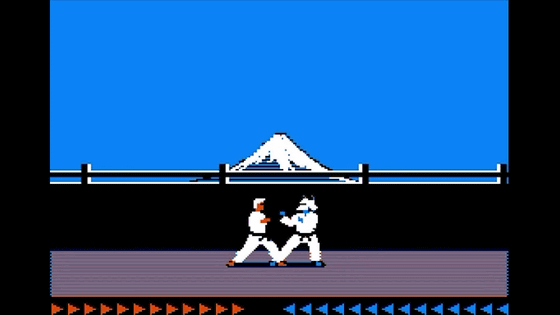
According to Mechner, 'At the time of Karateka's creation, Apple II was the world's best game development platform.' However, even with such an Apple II, there were limitations such as 'display color is 4 colors', 'resolution is 280 x 192 pixels', and 'maximum memory is 48KB'. Meckner recalls this limitation as 'very severe.'

The first problem I encountered when creating Karateka was graphics. At that time, there was only a way to write code that applied each pixel one by one, so 'the animation of the resulting character was far from the image in my head,' Meckner said.

Mr. Meckner focused on a technique called '
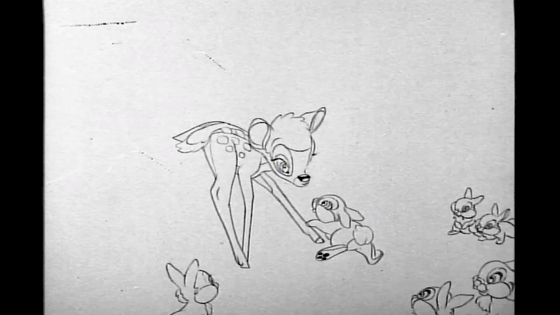
Meckner asked Karateka's instructor to study the karateka character's basic movements.

This movement was converted to two-dimensional and converted to pixel art.
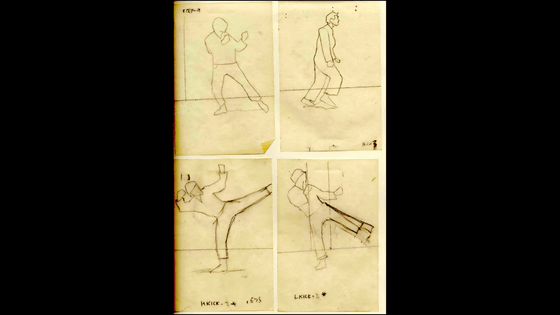
Karateka, launched in 1984, is so popular that it ranks first in the billboard sales rankings. At that time, Meckner just graduated from college, and his first place motivated him to continue developing games.
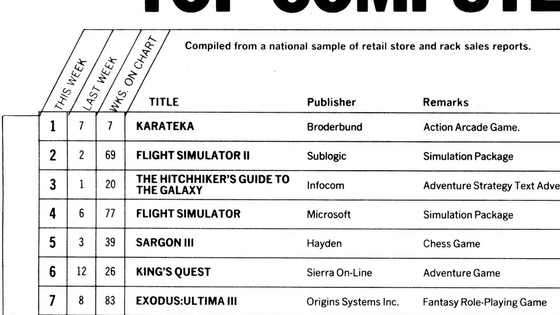
Mr. Meckner inspired the second Prince of Persia, the first 10 in the
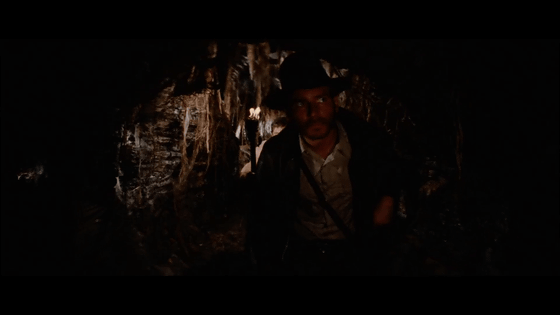
Scenes where the protagonist Indiana Jones jumps over holes, spikes protruding from walls, and gates closing in front of him are ideal for
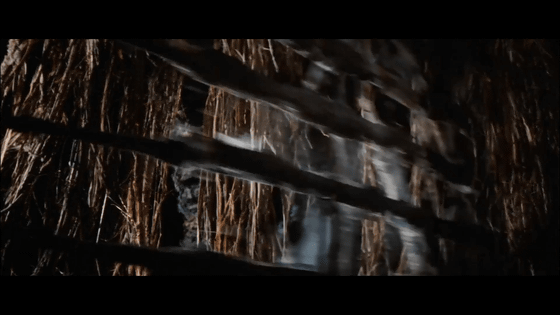
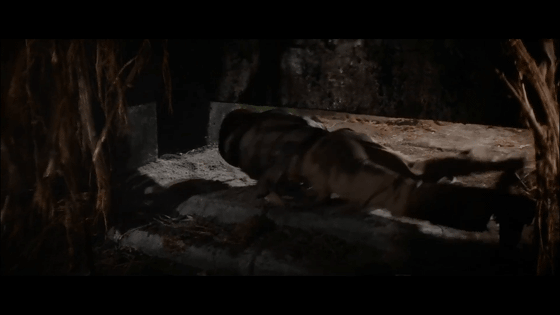
However, Mr. Meckner feels that early platform games such as road runner did not feel `` self-weight '' in the movement of the character, and the painfulness of the character when stepping off the scaffold and falling was not fully depicted Was.

For this reason, Mr. Meckner said that the animation such as “running,” “jumping,” “suspending,” “falling,” etc. was carried out so that the excitement of seeing the “Raiders Lost Arc 《Holy Box》” was transmitted Is determined to create.
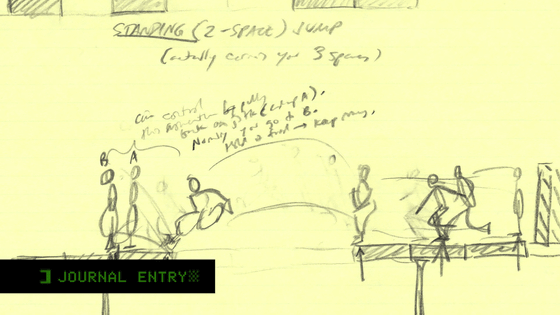

Meckner, who produced the Prince of Persia in 1985, benefited from

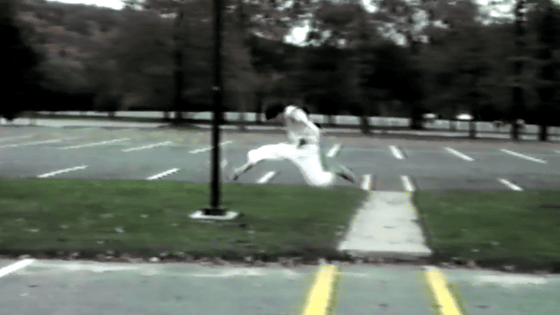
The video was imaged using the technique of 'outputting the video on the screen frame by frame.'
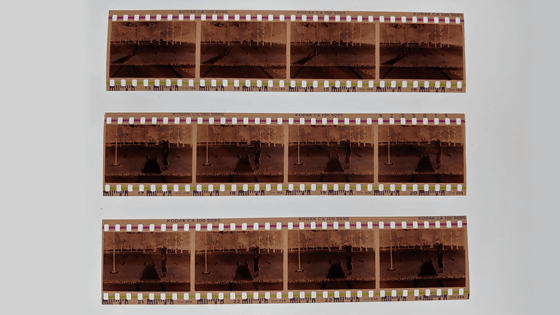
Then, the images are painted one by one with an oil-based marker to make them abstract and converted into 'character movements per frame.'

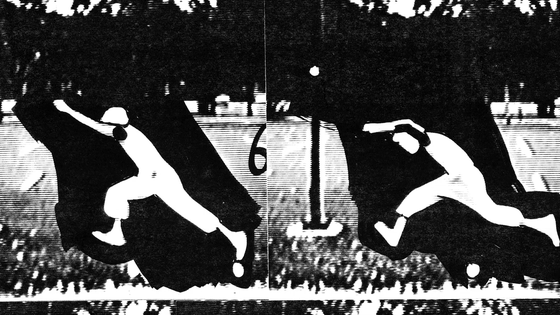
The completed 'draft of character movements' was converted into pixel art using animation tools.
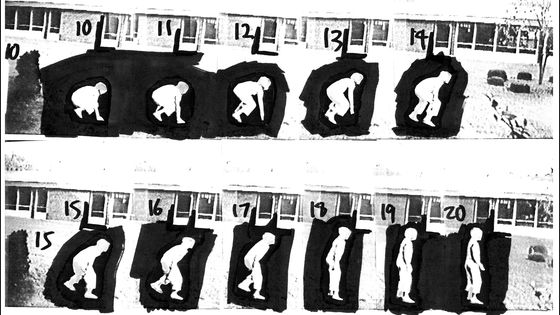
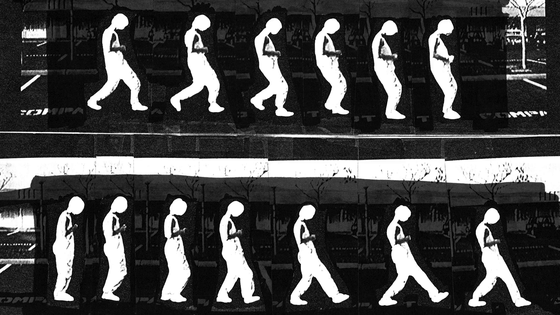
However, the wall that stood out in this animation is 'memory limitation'. The Apple II has only 48KB of memory, smaller than a single modern email, and had to pack all of its images, backgrounds, animations, game systems, SEs and background music into this 48KB.
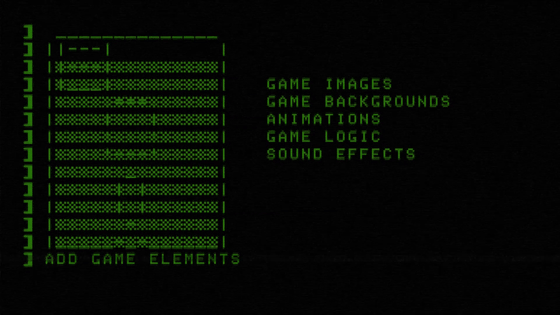
In June 1988, two years after the development, Meckner had almost completed the Prince of Persia, but was worried that 'something was missing to his ideal.' At the same time, the Apple II platform, launched in 1977, was becoming obsolete, fueling Meckner's impatience.
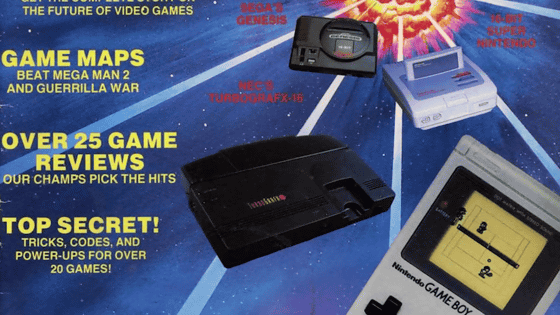
According to the early idea, Prince of Persia was a game that only had to go through traps such as spikes and falling floors, and there was no 'battle'. This was also due to the fact that 'there is no capacity to store characters other than the protagonist'.

However, colleague Tomi, who was working on another project at the same office at the time, always said 'Combat!' Every time he passed by Meckner's desk, the initial version The necessary element for Prince of Persia was clearly identified as 'battle'.
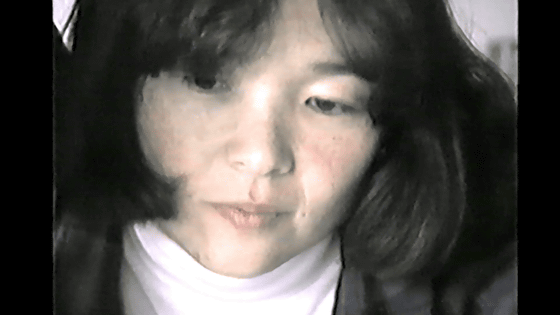
Meckner continued to create the 'Prince of Persia without combat' according to his early ideas, but said that the result was 'not even fun on his own.' Earlier versions of the Prince of Persia did not have the fun of 'simple combat' like Meckner's first work, Karateka.
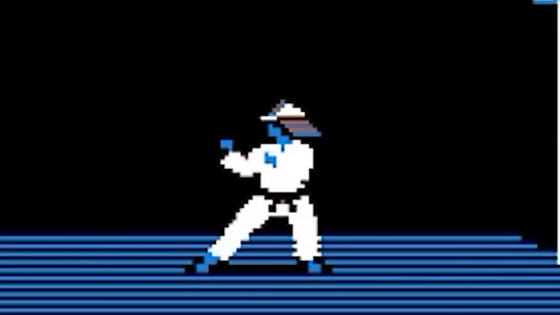
The day when the fate of Mr. Meckner and Prince of Persia has changed comes in June 1988. As usual, Tomi, who passed by Mr. Meckner's desk, said, 'Battle!' As usual, Meckner replied, 'There is no battle in the initial concept. There is no more memory.' Tomi said, 'If Karateka, the enemy character would be the hero. They looked exactly the same, but they didn't? '
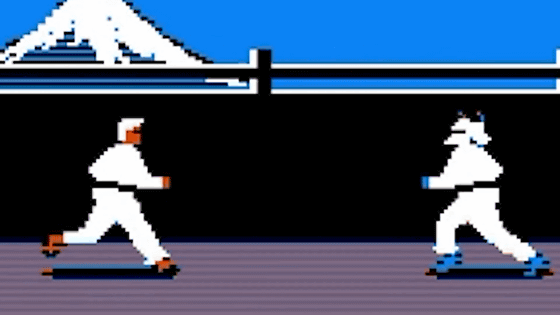
Meckner initially replied, 'The hero should look good, but the enemy character shouldn't look that way,' but Tomi suggested, 'What if you changed the color of the enemy character?' In response to this recommendation, Meckner recalls the existence of the command '.EOR.' '.EOR.' Is a command that outputs 0 when two bits are the same and outputs 1 when the two bits are different. Mr. Meckner finds that using this '.EOR' skillfully can only show the protagonist's outline as a glittering ghost.

At that moment, the idea that evolved into Meckner's mind was a character called 'Shadow', which extracted only the outline of the hero and painted the rest black. In the shadow, various actions such as running, jumping and suspension were common with the hero, and no burden was imposed on the memory.

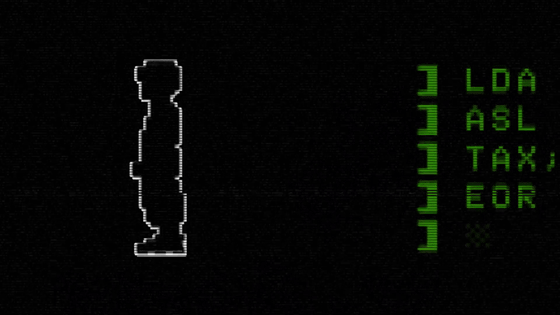
'This was the enemy character needed for the game.'
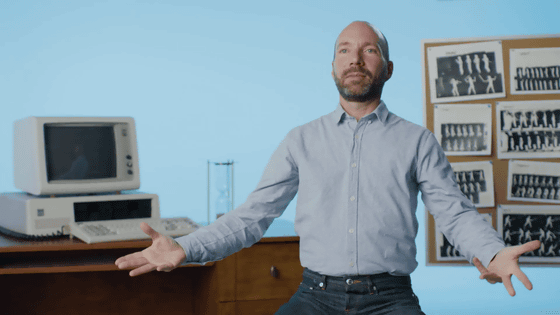
From the existence of `` shadow '' shadows, there are also elements such as `` born from the hero who entered the mirror '' and elements such as `` use the potion the hero drinks arbitrarily '' `` close the door arbitrarily and obstruct '' The idea came out naturally.
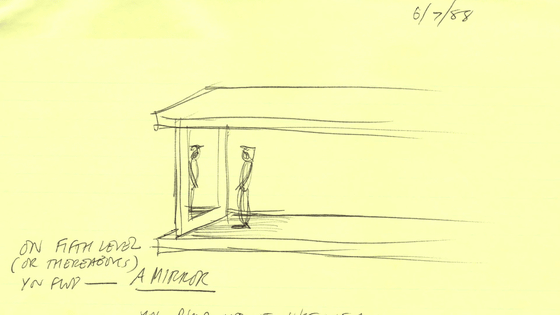
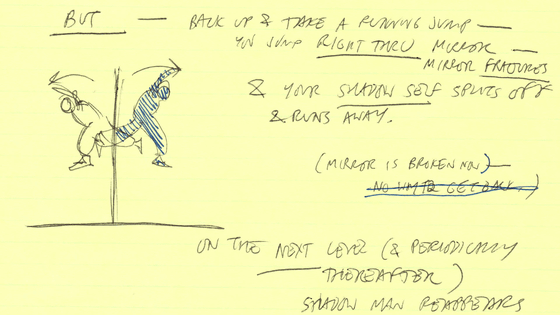
A gimmick said, 'If you hurt the shadow, you will hurt yourself, but the shadow mimics the movement of the hero, so if you put in your sword, you will also pay in the shadow, and avoiding battle is the only solution.' Mr. Meckner explained that it was something that came up from the existence of shadows.
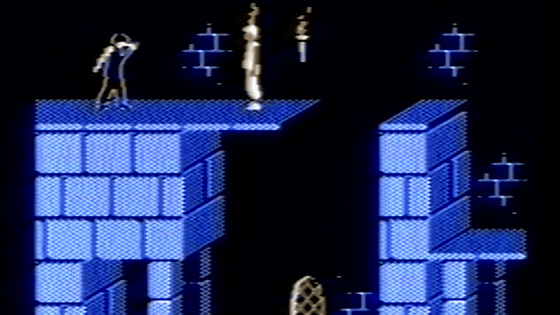
After convinced that Prince of Persia was heading in the right direction with the shadow idea, Meckner decided to add an enemy character. In the final stage, we devoted 12KB of space and allocated it to enemy characters.
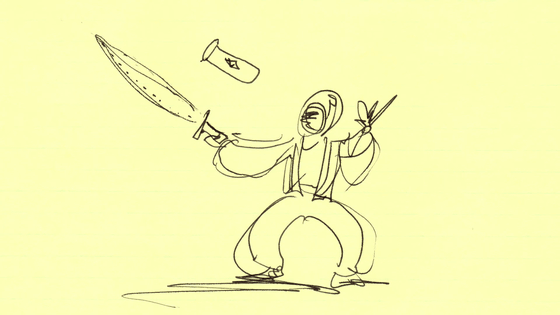
However, the addition of enemy characters creates a new problem: 'enemy character motion'. It seems that Meckner's brother, who was in charge of the main character's motion, lived 3000 miles (about 4800 km) away at that time, and had never played a sword play. For this reason, Meckner and colleague Robert were initially responsible for 'enemy character motion.' However, this attempt did not go well.
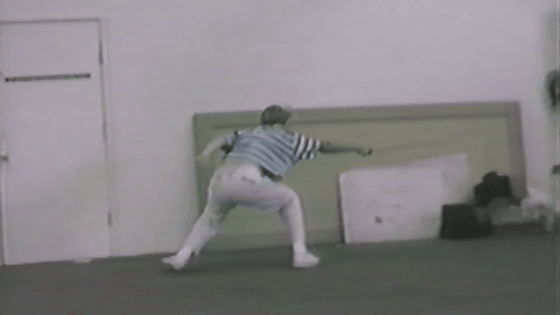
Meanwhile, Meckner focused on the 1938 film

Mr. Meckner divides this 6-second scene into frames and animates it using the technique he developed.
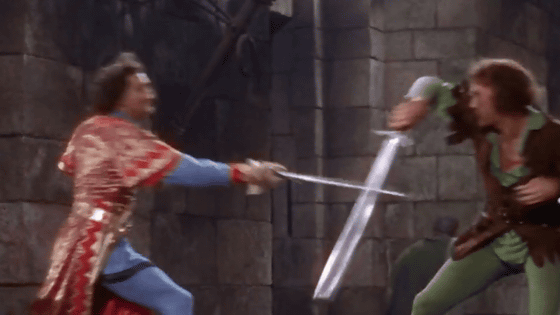
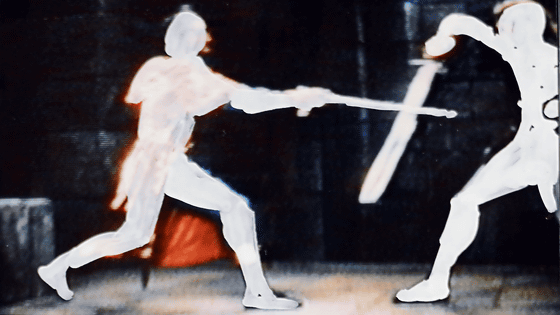
The Prince of Persia sword drama was born.
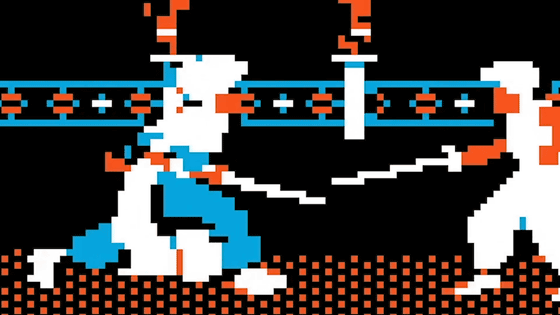
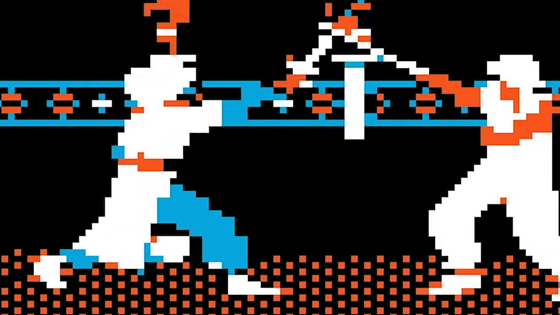
From this sword play, derivative mechanisms that color the Prince of Persia, such as 'Push the character in the sword play and let it fall', have also appeared.
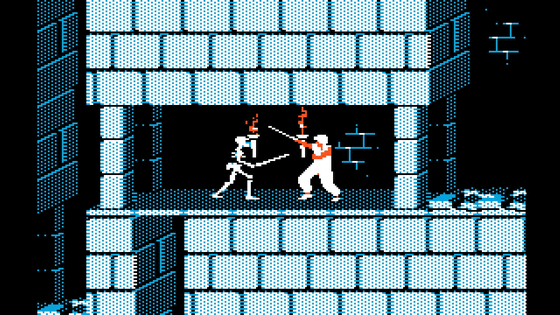
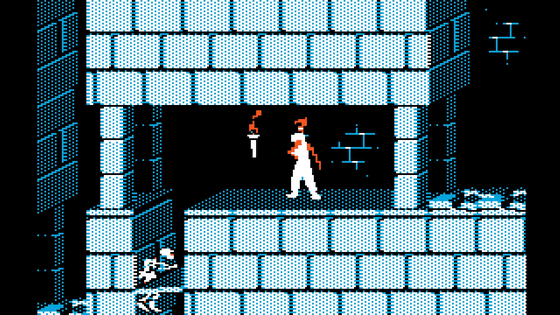
The lesson learned from Prince of Persia's production process is that `` when two conflicting approaches and ideas exist in my mind, I have to adjust the two, '' Meckner said. You.

When the Prince of Persia was created, the first ideas were great, but they were tied to the ideas themselves. Mr. Meckner commented that the idea of shadow was wonderful because it sublimated the actions that appeared in “Robinhood Adventures” and “Indie Jones”.
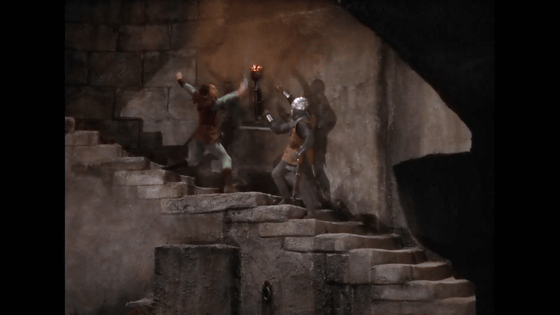
The Apple II was becoming obsolete as a platform, but the Prince of Persia, released in 1989, has gained popularity and has seen a number of megadrive, Super Nintendo, and Gameboy versions ported to it.
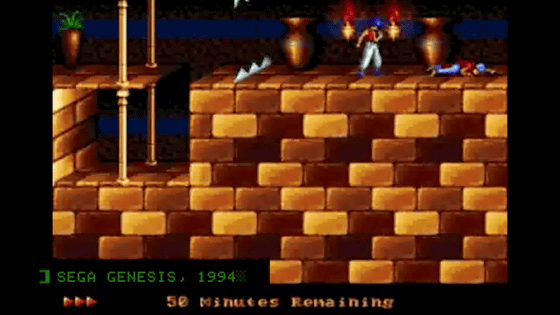
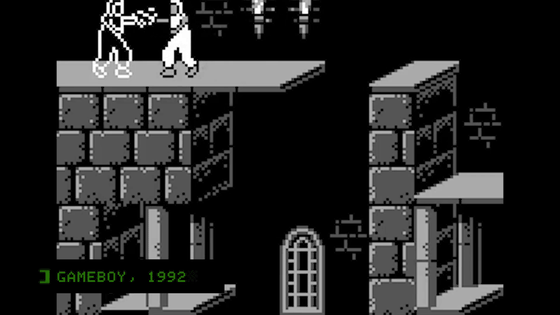
Games that inherit the world of Prince of Persia, such as the '
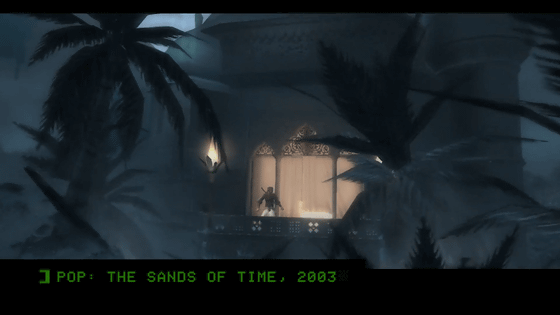
Now that more than 30 years have passed since the creation of the first Prince of Persia, I looked back at the materials I used to create and said, `` The game is getting better or worse like a roller coaster, but I understand how it was solved It's really interesting, 'commented Meckner.

Related Posts:







